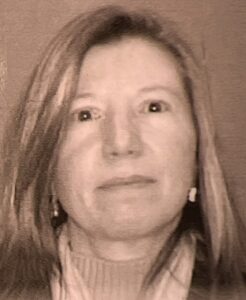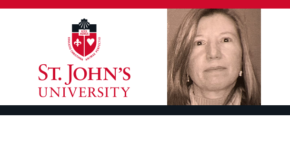 There is still a lot to study from COVID-19 lockdowns.
There is still a lot to study from COVID-19 lockdowns.
Judith DeSena, professor of sociology at St. John’s University, discusses the response of two neighborhoods in Brooklyn to the crisis.
Judith N. DeSena, Ph.D., is a Professor of Sociology at St. John’s University in Queens, NY. and a resident of Brooklyn, NY. Her work focuses on the study of neighborhoods and the analysis or race, class, and gender within them. Jerome Krase, Ph.D., is Emeritus and Murray Koppelman Professor at Brooklyn College, The City University of New York, and a Brooklyn, NY resident.
A Study of COVID-19 Lockdowns in Two Iconic Brooklyn Neighborhoods
COVID-19 radically changed social life in urban neighborhoods around the globe. Each city, and the residents of the diverse neighborhoods within them, were differently impacted and responded in different ways. In our research, we looked closely at how Brooklynites coped during the lockdown and reopening stages between 2020 and 2022. As activist urban ethnographers, our special focus has been on privileged people, like ourselves, living in two iconic, gentrified Brooklyn neighborhoods, Park Slope and Greenpoint/Williamsburg.
We believe what happened in Brooklyn is informative for understanding pandemic social life in gentrified neighborhoods globally; and comparatively, gives insight to less advantaged localities.
Most studies of social problems ignore the lives of privileged people. This is a problem, because comparative studies of how a wide variety of individuals and neighborhoods respond to risks are necessary for clearer theoretical and methodological understandings of social phenomena.
Our investigation of our gentrified neighborhoods, along with other less privileged venues, demonstrated how the relative affluence or poverty affected residents’ ability to cope as the impacts of the crisis grew, and then eased. We lived in well-appointed homes with our own front and backyards during the lockdown and had only a short walk to a park. We continued to receive regular income and were able to work remotely.
In contrast, the less affluent, especially essential workers, and mothers homeschooling their children, often lived in crowded dwellings and continued working in low-paying jobs. They often were exposed to the virus at work and carried it back to their families. Finally, reports have shown that during the pandemic, poor and working-class neighborhoods, dominated by people of color, were short-changed in terms of access to testing, vaccination, and medical treatment.
